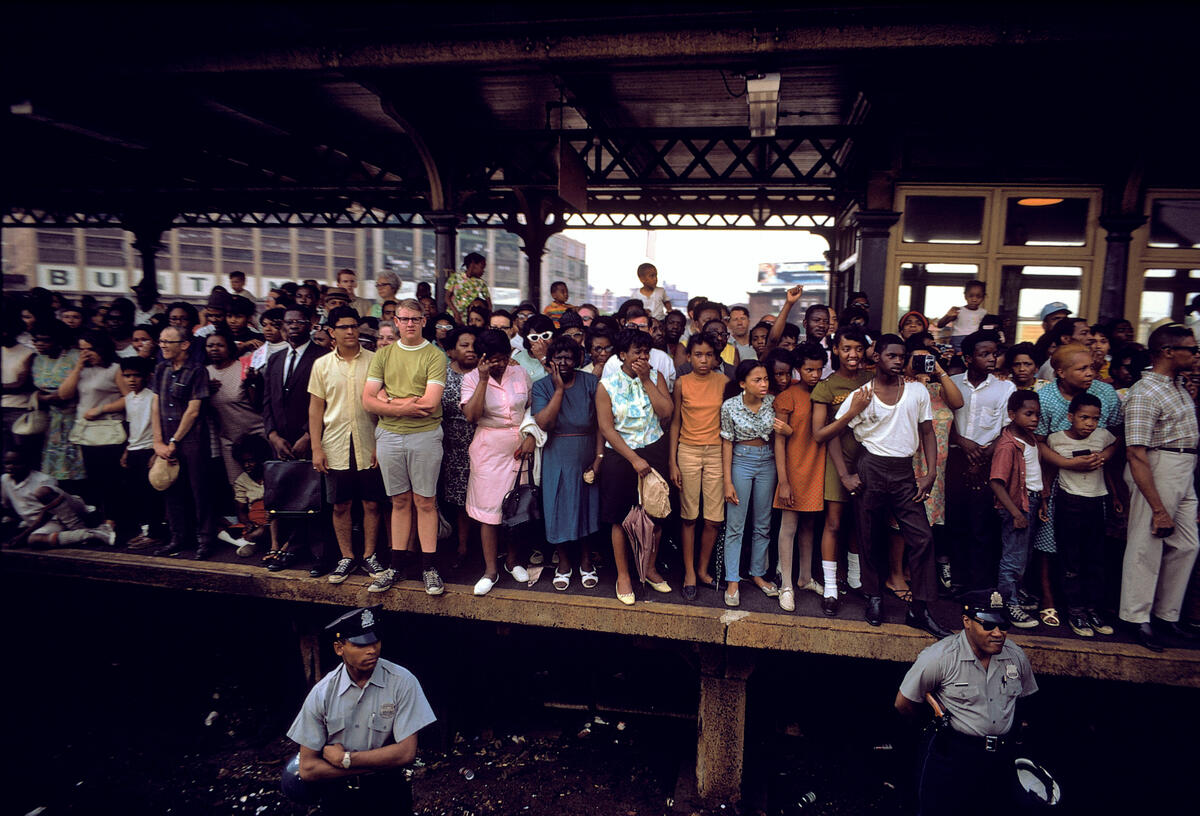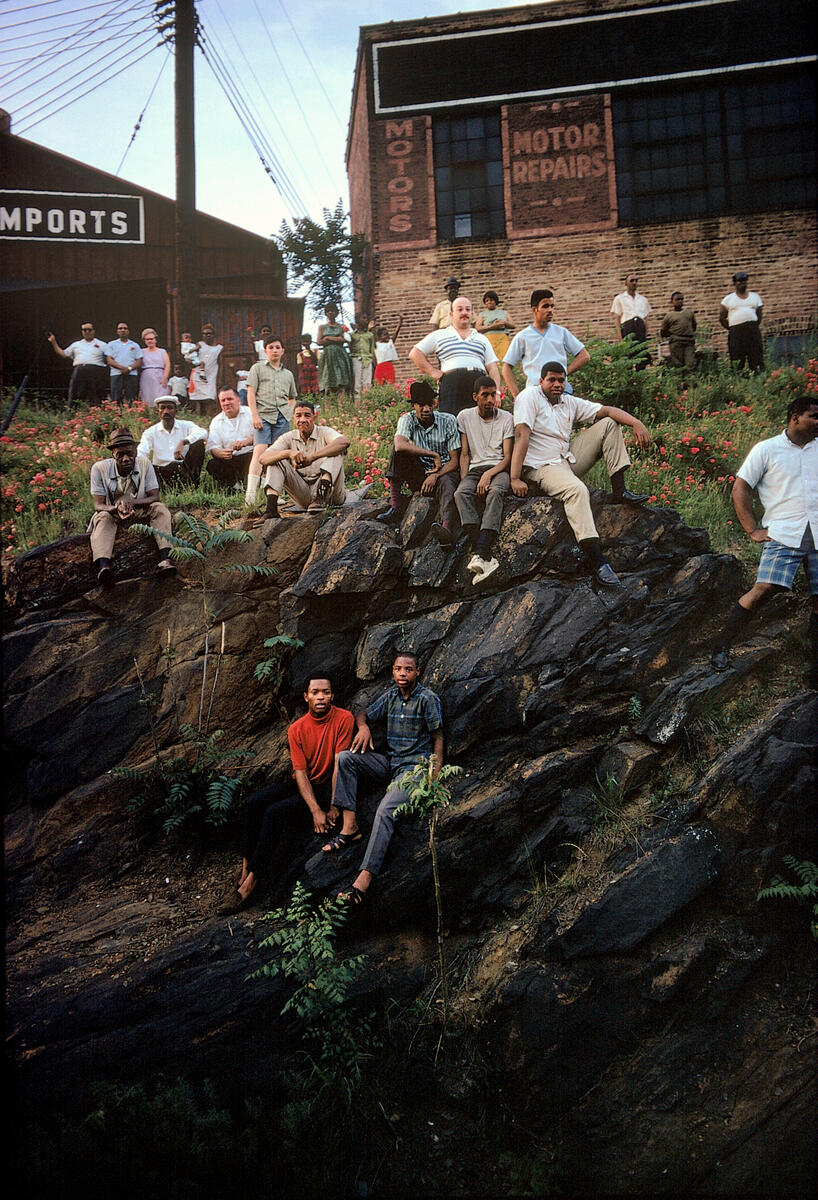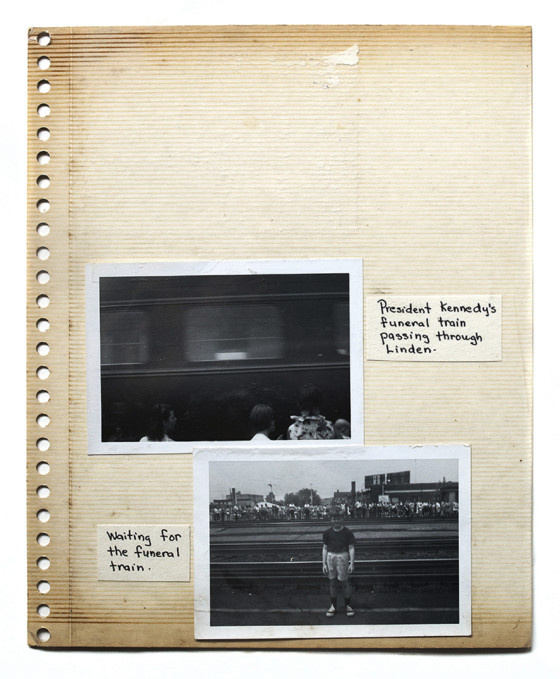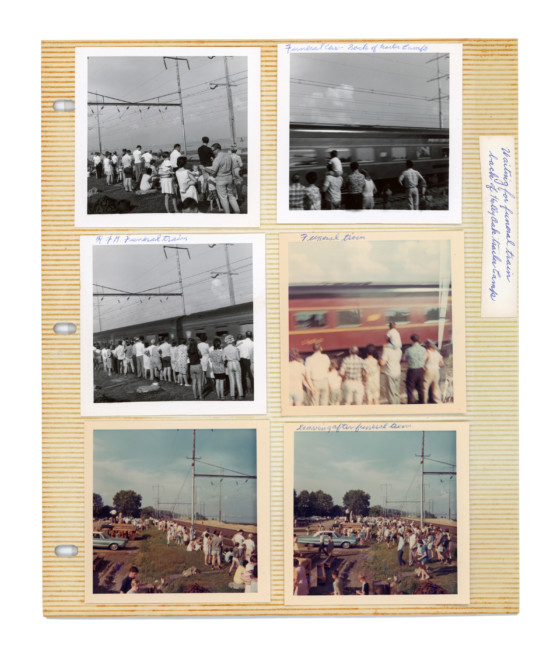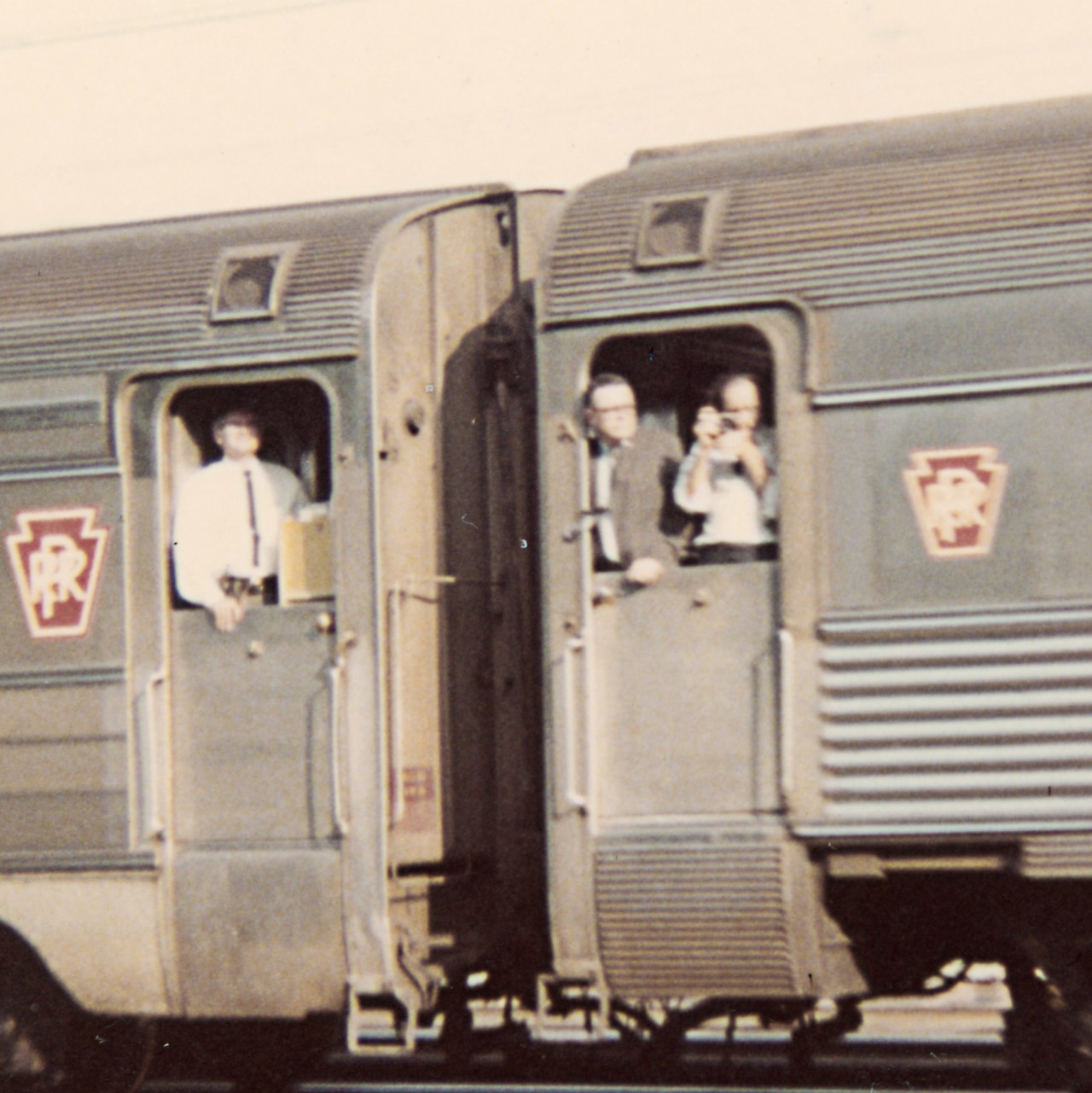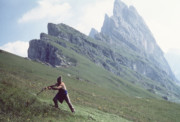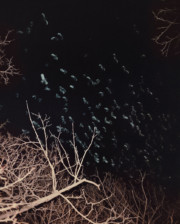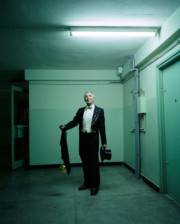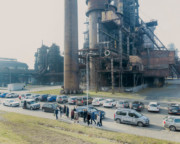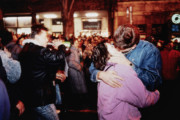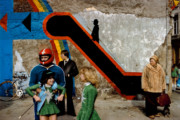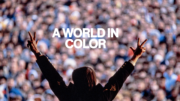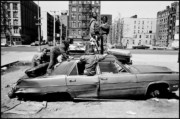RFK Funeral Train: The Reversed Perspective
Rein Jelle Terpstra uncovers an image of Paul Fusco himself aboard Robert F. Kennedy’s funeral train on June 8, 1968
On June 8, 1968, two million people gathered near railroad tracks between New York and Washington to mourn the loss of Robert F. Kennedy, New York senator and presidential candidate. Paul Fusco, a young reporter for Look Magazine, was one of the 700 invited to board the train, and went with the intention of documenting the journey from an insider’s perspective. And yet upon boarding, he quickly realized that the train interiors and riders were ruled off limits, deciding instead to point his camera out of the window to document the crowds that gathered to pay their respects. Today, Fusco’s images provide a poignant document of a nation in mourning.
Inspired by the book RFK Funeral Train, which was published 30 years later, photographer Rein Jelle Terpstra set out to explore the perspective of the millions of mourners who stood along these tracks, often waiting for hours on end for the funeral train to pass. The result was Robert F. Kennedy Funeral Train: The People’s View, an exhibition and book published in 2018 by FW:Books, and with the support of Magnum Foundation.
Terpstra’s take is very much a reversal of Fusco’s photographic point of view. He spent eight painstaking years gathering images, home movies, and eyewitness accounts, which were then assembled chronologically to mirror the eight-hour train ride and its route. It is “an echo of the people who lined the railroad tracks looking at these same scenes,” he describes.
“I always carried Fusco’s RFK Funeral Train with me on my journeys across the USA, in search of snapshots by people who had watched the train pass by,” Terpstra explains. “To me, he was a kind of fellow traveler I never met. I often looked for him in pictures the bystanders had taken from alongside the railroad that muggy June day in 1968, trying to spot him through an open train window, his two cameras hanging around his neck.”
And he eventually did find the young photographer in action. In the image below from D.Dutton, we spot a blurred Paul Fusco in one of the carriage doors, mid-shot.
"The train, and by extension Fusco’s documentary, passed through a nation that for one precious moment stood together, united."
-
Spending so many years seeking out the perspectives of the families in Fusco’s photographs, and the process of putting the book together, allowed Terpstra to view the influential body of work in a new light. “I always viewed Paul Fusco’s photographs as documentary — the clothes, the cars: So this is what America looked like back then! Just after my book was printed, I realized, too late, that his photos not only revealed something about American society in the late 1960s, they also concealed.”
“What we see in Fusco’s compelling photos is not just a society that existed in the reality of daily life. Fusco’s photos also offer something else: a social mood that was caused by RFK’s final journey,” Terpstra continues. “The train, and by extension Fusco’s documentary, passed through a nation that for one precious moment stood together, united. Segregation was forgotten in the presence of the rumbling train. Paul Fusco’s images were not of society as it was, but of a society it had the potential of being in RFK’s great dream for America. Rich and poor, Black and white, all standing shoulder to shoulder, united by this event, sharing the same sensation, and all watching the same moving image pass by.
“So, unintentionally, and for a couple of hours at most, the train rode slowly past the kind of society that Robert F. Kennedy had envisioned, brought into being by his own death. After the train had passed, the crowds dispersed, and everyone returned to their daily lives.”
Below is one of the eyewitness accounts gathered by Terpstra, from an individual named Larry Beers. “Of all the people who gave me the footage, Larry was the only one who didn’t just film the train barreling past but had also taken the time to film the waiting itself,” he writes.


